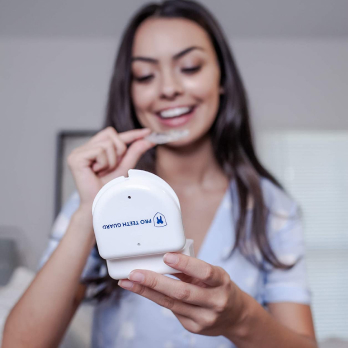Craze Lines In Teeth
15th Nov 2020
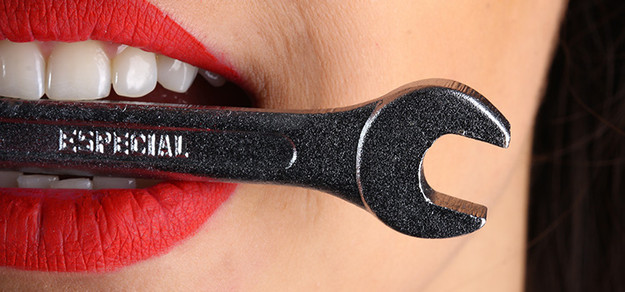
If you're peering at your teeth in the mirror, you may be concerned if you notice what appears to be vertical lines or vertical cracks on your teeth. Craze lines in teeth are thin, superficial cracks that run vertically like glistening threads down the surface of a tooth. However, they aren't cause for panic. Learning what craze lines are, what they mean for your teeth, and how to deal with them can help you make smart decisions about your oral health.
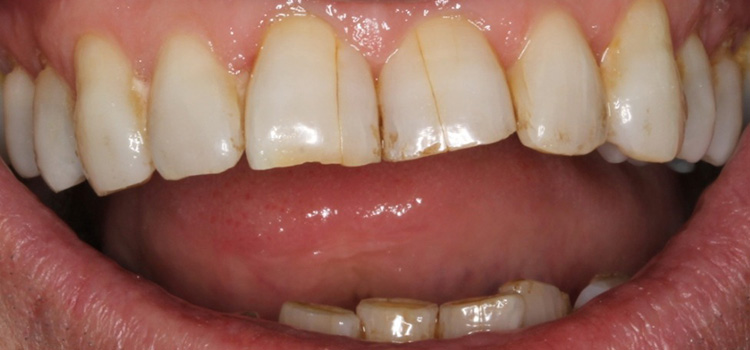
Craze Lines Versus Cracked Teeth
As the Oral Health Foundation explains, both a tooth with craze lines and a cracked tooth have experienced a form of cracking. One is a cosmetic issue. The other is a dental emergency. Fortunately, it's pretty easy to tell the difference.
With craze lines, tiny, hairline cracks create a crackle-coat effect on the tooth's surface. Notably, it only affects the topmost layer of the tooth enamel. Enamel forms the tooth's protective outer layer. Since craze lines don't penetrate through this natural armor, there's no pain and no significant damage to the tooth's structure. As a result, craze lines are considered a cosmetic issue. While you might want to explore a few options to improve your smile's appearance, no treatment is required to protect the integrity of your teeth.
With a cracked tooth, a crack runs down the body of the tooth from its biting surface toward its root. Although the tooth remains in one piece, the enamel is fractured, leaving the dentin, the vulnerable inner layer, exposed. Cracked teeth are often painful and sensitive to pressure or temperature changes, and dental treatment is generally necessary if you hope to save the tooth.

Causes of Craze Lines
Craze lines can be translucent, gray, yellow, or tan. They often go unnoticed, but they tend to appear in greater numbers as people add more years to their age. The appearance of craze lines can be attributed to a variety of causes, including things like the following:
- Wear: Years of chewing can cause a fair amount of wear and tear on your teeth, especially if you spend a lot of time crunching on hard foods.
- Bad habits: Habitual nail-biting or chewing on hard objects like ice or pens can stress your teeth.
- Injury: Trauma or injury to the teeth can weaken the enamel.
- Bite troubles: Misalignments that leave you with an uneven bite may cause irregular wear.
- Bruxism: If protective measures aren't taken, the teeth grinding and jaw clenching that are the hallmarks of bruxism can wear away enamel.

Coping With Craze Lines
Dentists consider craze lines benign, which means that they aren't a threat to your oral health. The presence of craze lines isn't going to increase your risk of cavities, cracked teeth, or other serious dental dilemmas.
However, craze can be a cosmetic issue, especially craze lines in front teeth. They can be a particular problem for people who enjoy foods or habits that tend to stain teeth because stains can increase the visibility of craze lines.
With that in mind, it's no surprise that tooth whitening is one of the top suggestions for coping with craze lines. Using a whiteningtoothpaste, an at-home whitening kit, or visiting your dentist for an in-office teeth whitening treatment can help erase craze lines.
If the task requires a bit more than whitening, there are other options. Your dentist can smooth out your smile by filling in the craze lines with a composite resin. Covering the damaged teeth with veneers is another way to give your smile an instant upgrade.
Related Articles:

Preventing Craze Lines
"An ounce of prevention is worth a pound of cure." When Ben Franklin offered that advice in 1736, his focus was on fire safety, but the wisdom behind his words can apply to many topics, including craze lines. There are several strategies you can use to prevent craze lines or minimize the appearance of these tiny fissures.
- Be proactive about your dental care: Strong, healthy teeth are better able to resist wear, staining, and other harm. Take basic, routine steps to keep your teeth healthy to help keep craze lines at bay.
- Break bad habits: If you nibble on your nails, crunch ice cubes, bite your pen, or crack hard candy, stop. It will reduce your risk of craze lines and other, more serious types of cracked teeth too.
- Protect your teeth at play: Trauma or injury can happen at any time, but the danger is often higher during the competitive rush of an athletic event. Wear a mouth guard on the sports field.
- Avoid staining foods and beverages: Stains make craze lines more evident. Limit foods and drinks that stain teeth like tea, berries, colas, coffee, red wine, and tomato sauce.
- Treat bruxism: Teeth grinding and jaw clenching cause additional wear and tear on your enamel. To prevent craze lines from forming, you'll need to get those behaviors under control. This means treating your bruxism is essential. Fortunately, a night guard offers an easy, affordable way to do just that. Wearing one of these user-friendly oral appliances is simple, comfortable, and effective.
Craze lines may not be a major danger to the health of your teeth, but they can leave you feeling like your smile isn't the best that it can be. Thankfully, there are steps that you can take to safeguard your grin and minimize the impact of these superficial cracks.
Could a night guard help you protect your smile? If you're interested in exploring the possibilities, be sure to check out the selection at Pro Teeth Guard. With several options to choose from, we make it easy to get a custom-fit night guard at an affordable price. Our products are made in a professional dental lab from high-quality materials, and we're so sure that they'll fit comfortably that we stand behind them with our 110% money-back guarantee.
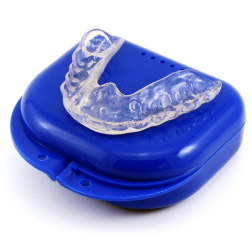
- Most Popular
- Hard Outside, Soft Inside
- 2MM Thick
- Moderate / Heavy
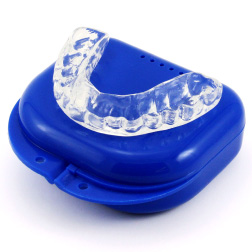
- Most Durable
- Hard Materials
- 1.5MM Thick
- Heavy / Severe
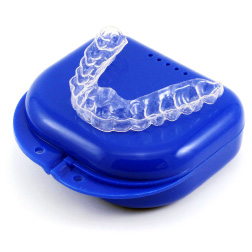
- For Day Time Use
- Thin, Barely Visible
- 1MM Thick
- Light / Moderate
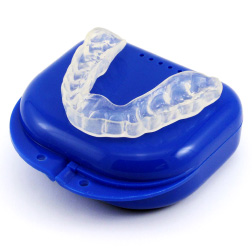
- For Clenching
- Flexible & Soft
- 1.5MM Thick
- Light / Moderate

